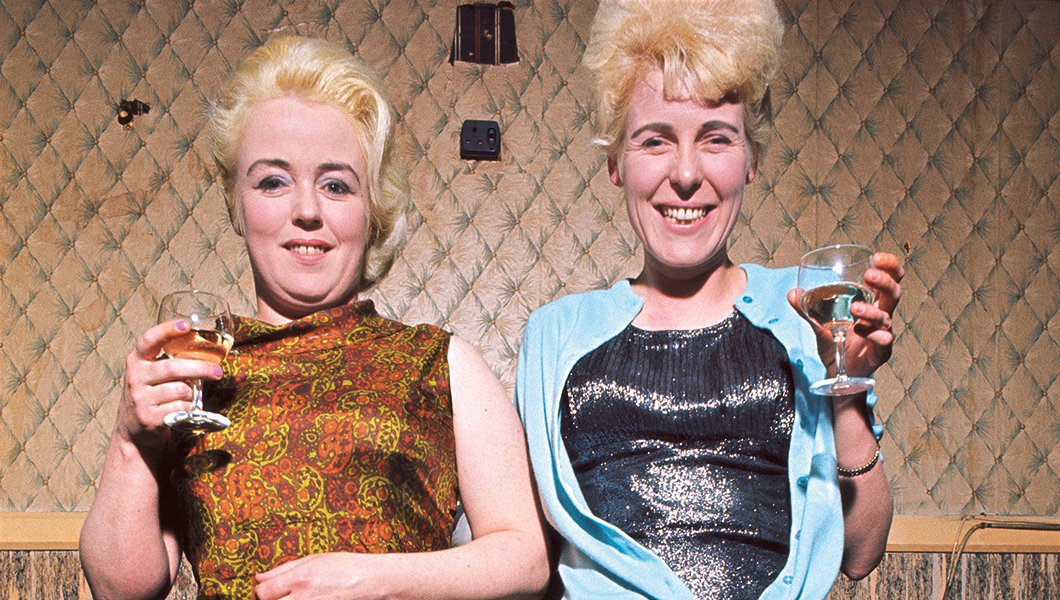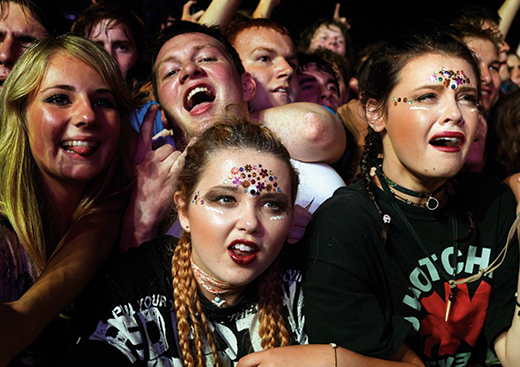The quintessential Cockney lad made good, David Bailey was a cheeky working-class tailor’s son when, in 1960, John Parsons, the art director of British Vogue, gave him a contract.
Aged 20, he was the youngest—and boldest—photographer in the history of the magazine, replacing its staid photographs of stiff, upper-class women in pearls with offbeat, playful shots of gamine beauties, his photos of Peggy Moffitt, Jean Shrimpton, and Penelope Tree going on to define London in the 1960s. Famously, Bailey became the inspiration for the rakish, jaded fashion photographer “Thomas” in Antonioni’s 1966 counter-culture classic Blow Up, and like Thomas, Bailey loved many iconic beauties—Jean Shrimpton was 18 when she became Bailey’s girlfriend, and Bailey, then 22, launched her career. He married Catherine Deneuve in 1965, took up with model Penelope Tree in 1972, then married Marie Helvin in 1974. For the last 32 years, he has been happily married; he’s been fortunate, he says, in that his loves have always had minds that match their looks. “Penelope Tree was a feminist,” he says on the phone from London. “And I’ve lived with Catherine Bailey, a feminist, for the last 30 years. I like strong women, and I like strong men.”
In a professional career spanning 58 years, Bailey has trained his eye on much more than fashion, his lens drawn to models, monks and murderers alike. “It’s not my place to make moral judgments,” he says. Two of his subjects, Reg and Ron Kray, for instance, were identical-twin gangsters once described as the most dangerous men in Britain, whom Bailey photographed in the ’60s. He has printed some of those photographs in Bailey’s East End, featuring his famous shot of the Krays each holding a snake, among many more. “The snakes were named after the policemen that were trying to arrest them,” says Bailey. Included are some of his photos from Reggie Kray’s 1965 wedding to 21-year-old Frances Shea—the first wedding Bailey ever shot (the second was much more recent—Jerry Hall’s to Rupert Murdoch). “Reg asked me to do it, and you know … it’s difficult to refuse Reg, and I quite liked him,” says Bailey. Fifteen years before the wedding, the Krays had supposedly slashed Bailey’s father’s face with a razor—wasn’t he angry with them? “No. It wasn’t personal. My dad was a kind of jack the lad, anyway.”
Such was life in Bailey’s East End, a dystopic Cockney bubble where everybody had to “make the best of things in order to survive,” with varying success. Bleach-blonde “Aunt Dollies” (“everyone had an Aunt Dolly,” says Bailey) lightened the mood with their gins and tonics and songs over out-of-tune pub pianos. “East End women didn’t all look like Jean Shrimpton,” says Bailey. Growing up in East Ham, East London, he played among the rubble that remained during the Nazi bombings, bringing home shrapnel. Coming from the bottom of Britain’s rigid class system, there were few life choices available to him. “If you had an accent like mine, you weren’t accepted by society,” he says. “But in the end there were just too many working class to ignore.”
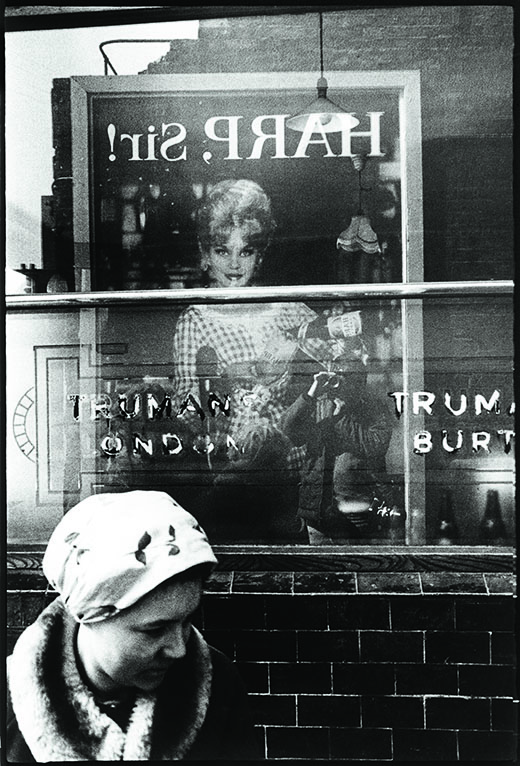
Bailey became part of a tidal wave of Cockney success stories in the 1960s. “Myself, Terry Stamp, Michael Caine, my old mate Mick [Jagger]…Mick was best man to one of my weddings.” As Bailey grew into one of London’s biggest success stories, the eye of the East End remained upon him … and his upon it. There’s no place like home, after all. Once in conversation Reggie said to Bailey, “Dave, I wish I could have done it legit like you.” He thought that was quite an endearing thing to hear, from someone with a violent background.
Monographs, for Bailey, are his way of keeping a journal of his life. The first one he published, Box of Pin Ups (1965), is extremely valuable now—copies have sold for up to £20,000 at auction. And he’s currently working on two more, to follow Bailey’s East End. One is about tribal headhunters in Nagaland, a state in northeast India; the other he doesn’t want to talk about yet. As long as he continues to build and re-examine his archive, he’ll carry on making books, shooting mostly on film, as he always has. “I’ll shoot digital if I’m jumping out of helicopters in Afghanistan, trying to get quick shots, but that’s it,” he says. “As for Instagram, forget it. I don’t even know what an Instagram filter is.”
Iconic as his photographic oeuvre may be, that’s just one of many ways he explores the world. “Photography is just part of the deal, an instrument,” he says, adding that he likes to make bronze sculptures, and worked on a painting this morning—“it’s of a woman with a pussy and a dick.” He got up early and set up his easel in the back yard of his new home, a converted church in London. “Looks like I’m going to die in a church after all,” he jokes. At least he’ll go to heaven, we point out. “I’m not sure,” he replies. “All the fun people go to the other place.”
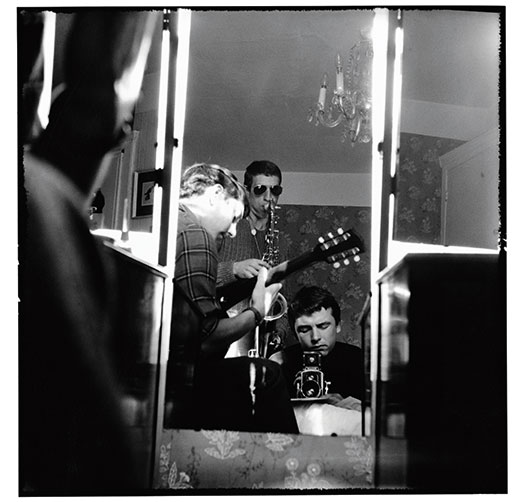
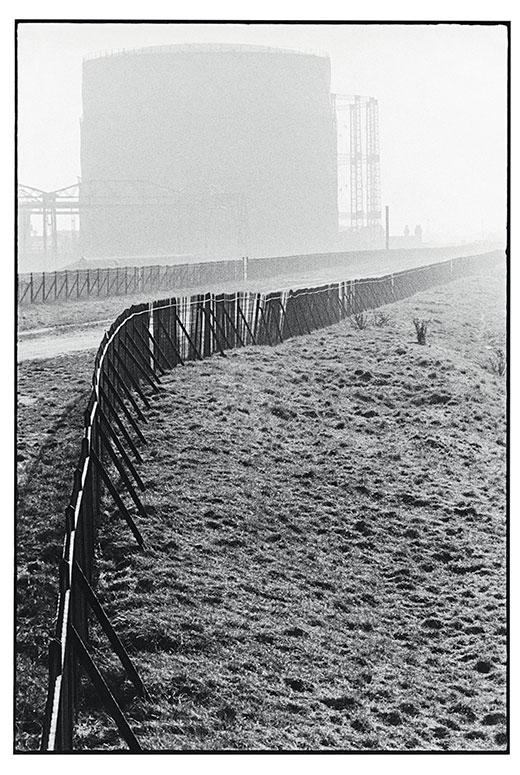
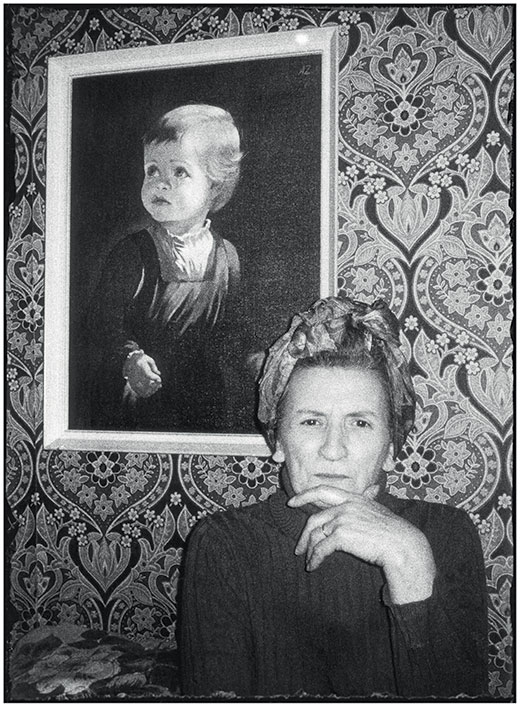
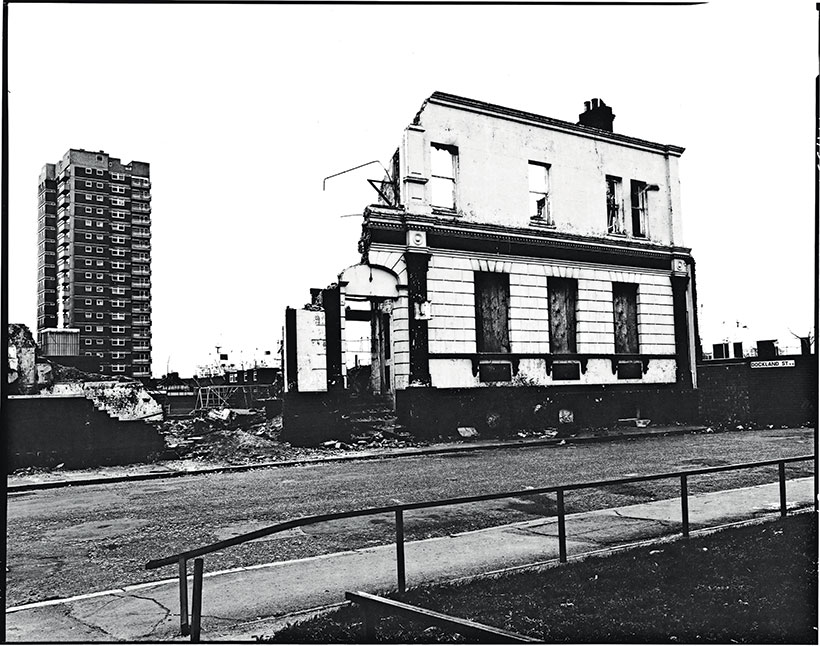
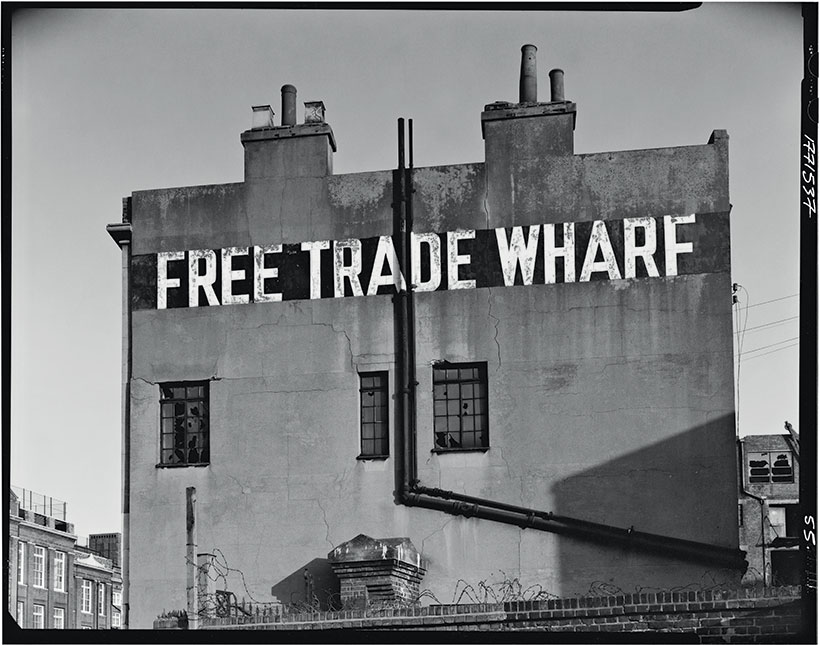
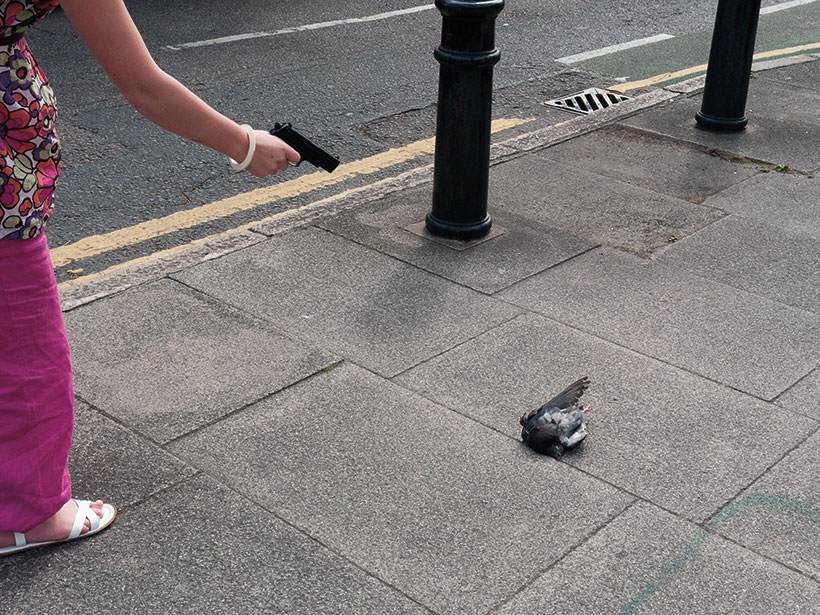
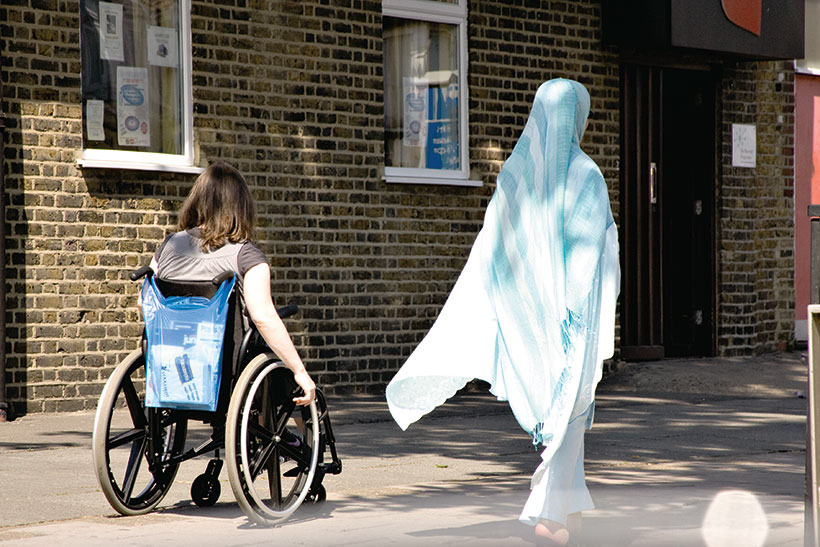
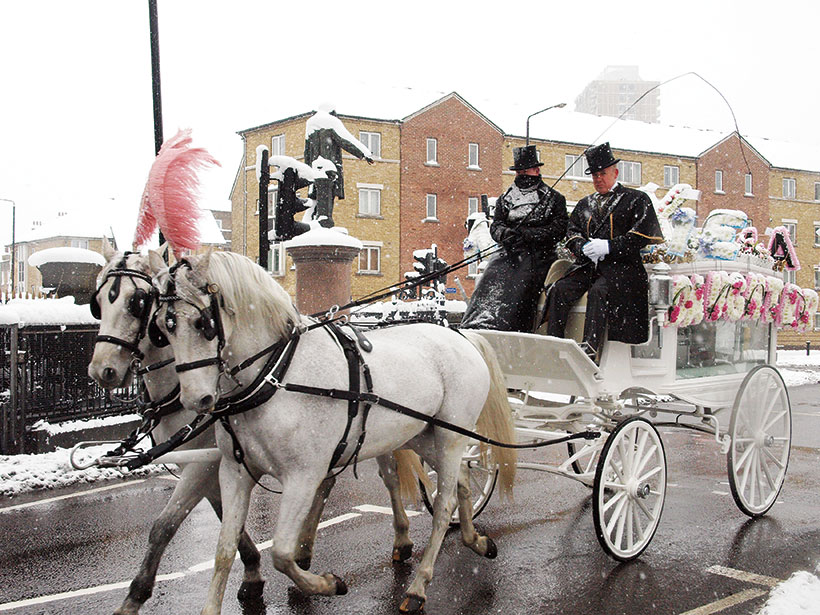


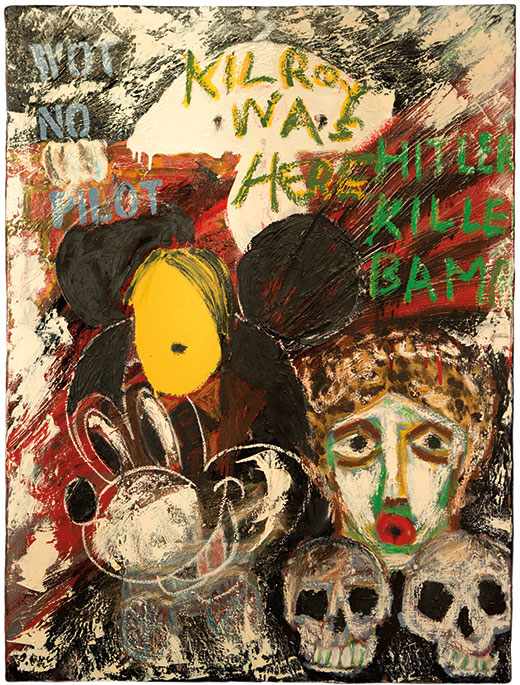
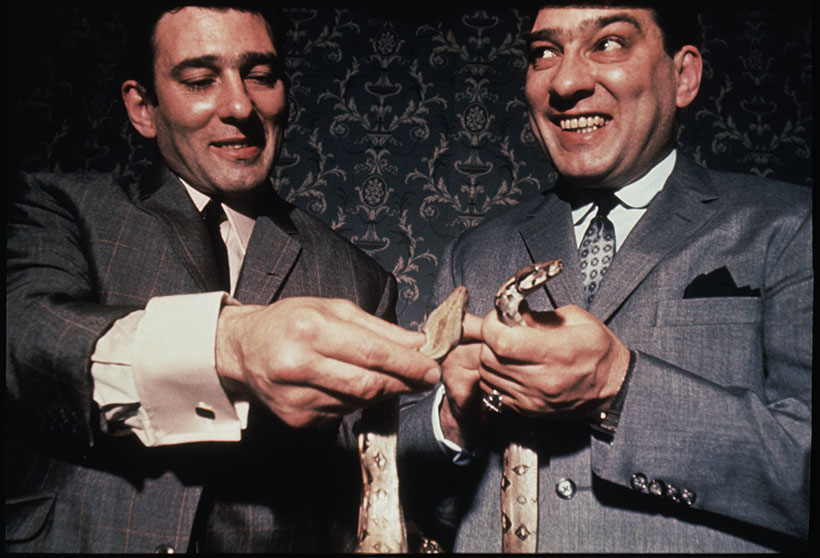
—


